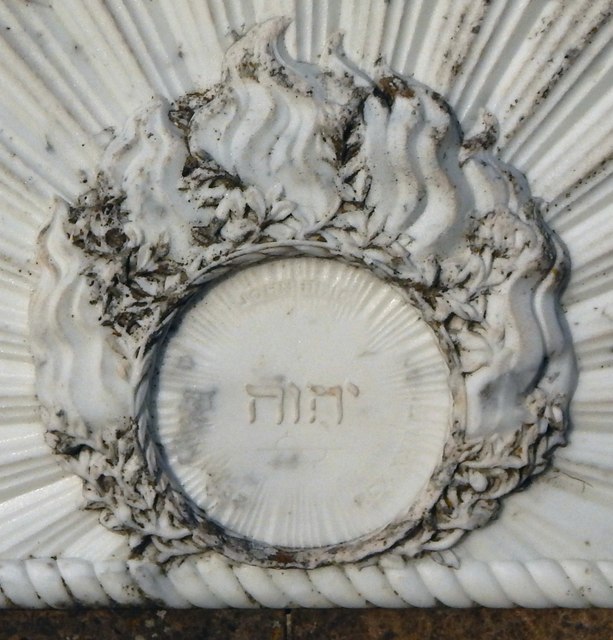Adir Hu, a classic Pesaḥ song if ever there was one, is a part of Seder tables all over the planet. Its alphabetical list of God’s attributes, combined with its repeated pleas for a return to Jerusalem, make it a classic, to the point where the traditional German farewell greeting for Passover was not “chag sameach” or “gut yontef” but “bau gut” – build well. This interpretation, while not a direct translation by any means, has the same rhythmic pattern and alphabetical structure, giving a sense of the greatness of God.
| Contribute a translation | Source (English) |
|---|---|
אַדִּיר הוּא, אַדִּיר הוּא יִבְנֶה בֵּיתוֹ בְּקָרוֹב. בִּמְהֵרָה, בִּמְהֵרָה, בְּיָמֵינוּ בְּקָרוֹב. אֵל בְּנֵה, אֵל בְּנֵה, בְּנֵה בֵּיתְךָ בְּקָרוֹב. |
Awesome One, Awesome One, Build your Temple quickly Speedily, speedily, in our days, build it quickly. Build it, God! Build it, God! Build your Temple quickly! |
Blessed One, Creator One, Deity One, | |
Essential One, Foremost One, Greatest One, Holy One, Ineffable One, Judging One, | |
Knowing One, Lasting One, Merciful One, Noble One, Original One, Powerful One, | |
Quintessential One, Righteous One, Supreme One, Truthful One, Unlimited One, Vast One, Willing One, | |
Xenial One, You are One, Zealous One |

“אדיר הוא | Awesome One: an Alphabetical English Interpretation of the piyyut Adir Hu, by Isaac Gantwerk Mayer” is shared through the Open Siddur Project with a Creative Commons Attribution-ShareAlike 4.0 International copyleft license.









Leave a Reply